
Reverse osmosis is the most effective method of removing all harmful organisms, residues and limescale from water as quickly and cheaply as possible.
Studies confirm that reverse osmosis systems efficiently remove nitrate, heavy metals, drug residues, arsenic, fluoride, antibiotics and other residues.
Reverse osmosis is a form of mechanical-physical filtration. The water is pressed through a semi-permeable membrane under pressure, whereby the smallest molecules, germs and ions are almost completely filtered out of the water. The result is the purest water for carefree use.

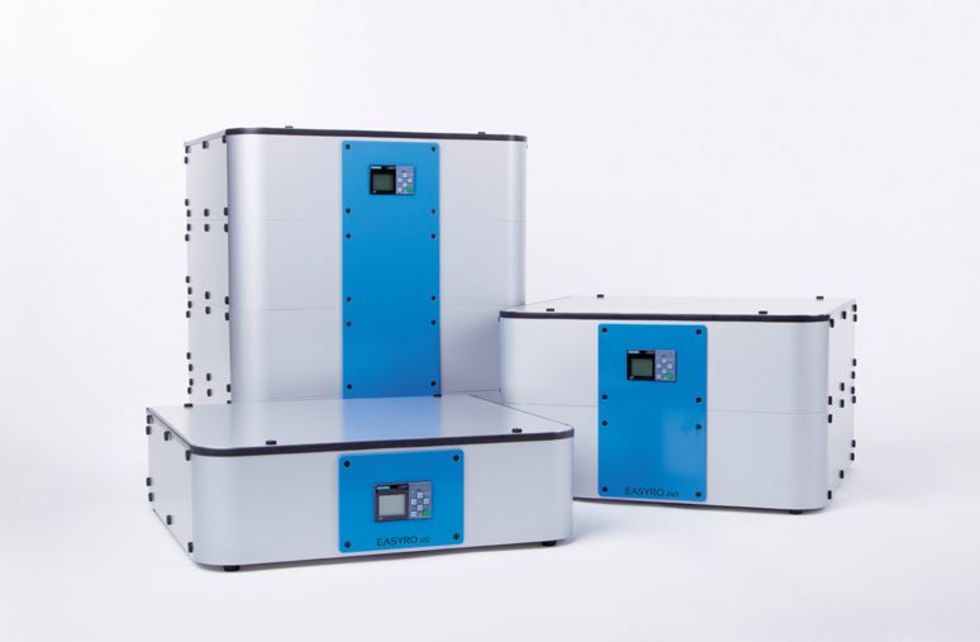

The designation drinking water applies to fresh water of such high purity that it is suitable for human consumption without endangering health. In Austria, drinking water is mainly obtained from groundwater and is considered the most important foodstuff with very high requirements.
The minimum requirements for the purity of drinking water (except mineral and spring water) are laid down in the Drinking Water Ordinance TWV.
The TWV specifies all limit values and guide values of the parameters (substances and organisms) present in drinking water. Drinking water must be free of bacteria and germs and should not contain any components that are hazardous to health, such as heavy metals, pharmaceutical residues, pesticides, etc.

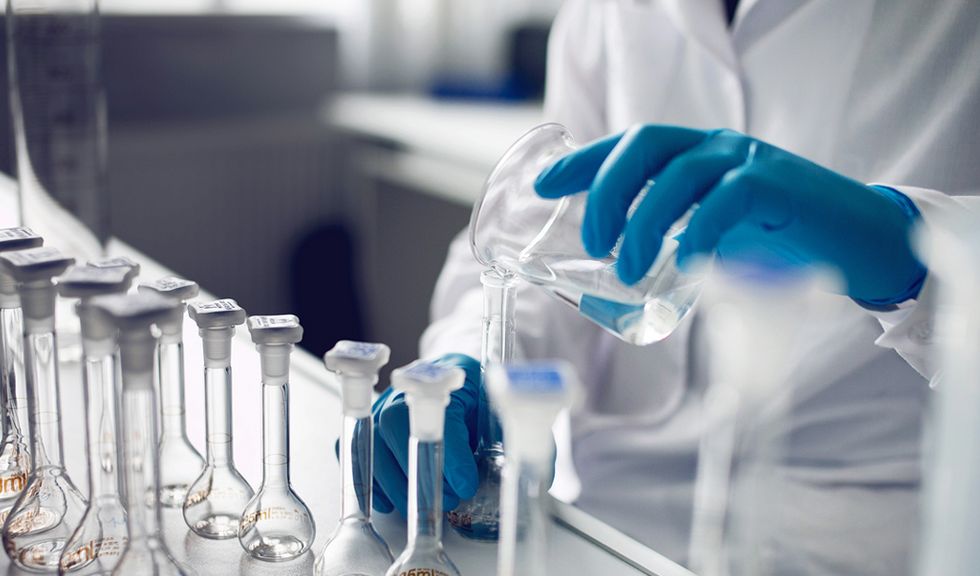
More than 90% of the Austrian population obtains its drinking water from central water suppliers. The rest of the population uses their own domestic wells and springs.
Water supply system operators are required by law to regularly inform their customers about current water quality test results in accordance with the TWV and to forward them to the competent supervisory authorities.
Owners of their own domestic wells and springs are responsible for their own water and must also carry out and submit regular water quality checks and reports on the condition of the well to ensure that health is not endangered.
These controls and analyses may only be carried out and reported by accredited bodies.
Unfortunately, pharmaceutical and pesticide residues have been detected in groundwater since the early 1990s at the latest.
Unlike pesticides, the EU does not set limits for active pharmaceutical ingredients and active ingredient metabolites in groundwater. Only tolerance values are used to evaluate the analytical results.
The presence of such substances is undesirable and constitutes a risk factor in the combined effect of several substances.
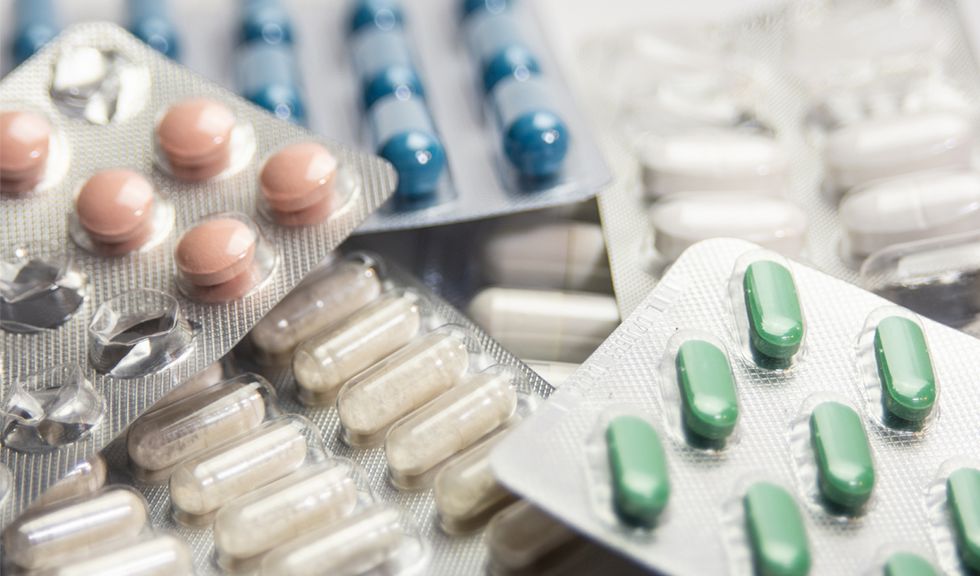
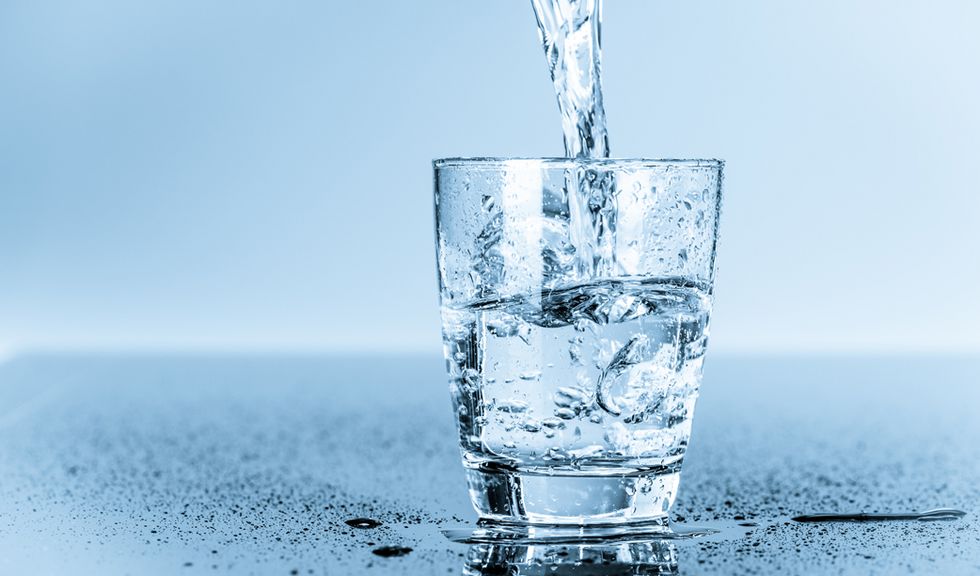
You have probably already noticed how different water from the tap can taste. Calcium, magnesium, sodium and potassium are the main components responsible for this. These minerals are more or less present, depending on the origin of the groundwater.
Water hardness is formed by so-called alkaline earth salts or hardness components. These include mainly calcium and magnesium. The water hardness and the pH value of the drinking water are decisive for its taste.
Hard water > 14°dH is rather acidic and therefore tastes slightly salty; soft water < 8.4°dH is rather alkaline and tastes completely neutral. This interaction plays a key role in the preparation of coffee or tea.
However, water hardness is not only decisive for taste.
Residues of heavy metals and pesticides not only impair the taste: they are hazardous to health in the long run.
Hard water damages all water-bearing pipes, fittings, household appliances and leaves unsightly stains on dishes, surfaces and tiles.
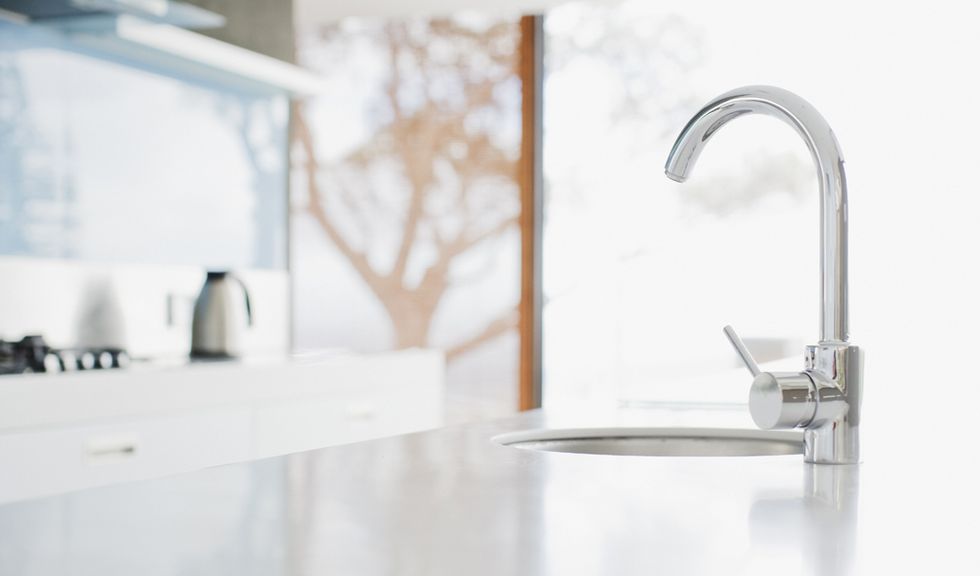
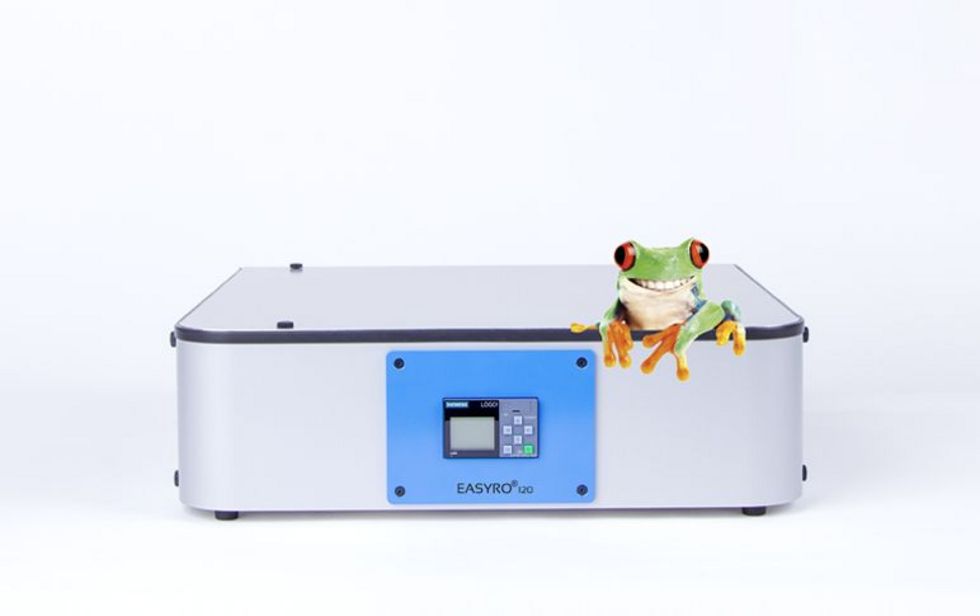
Due to the high use of regenerating salts, softening systems pollute the waste water and thus the environment.
In contrast to a softening system, the EASYRO® drink+house reverse osmosis system is completely environmentally friendly and a much lower-maintenance, more stable water treatment process.
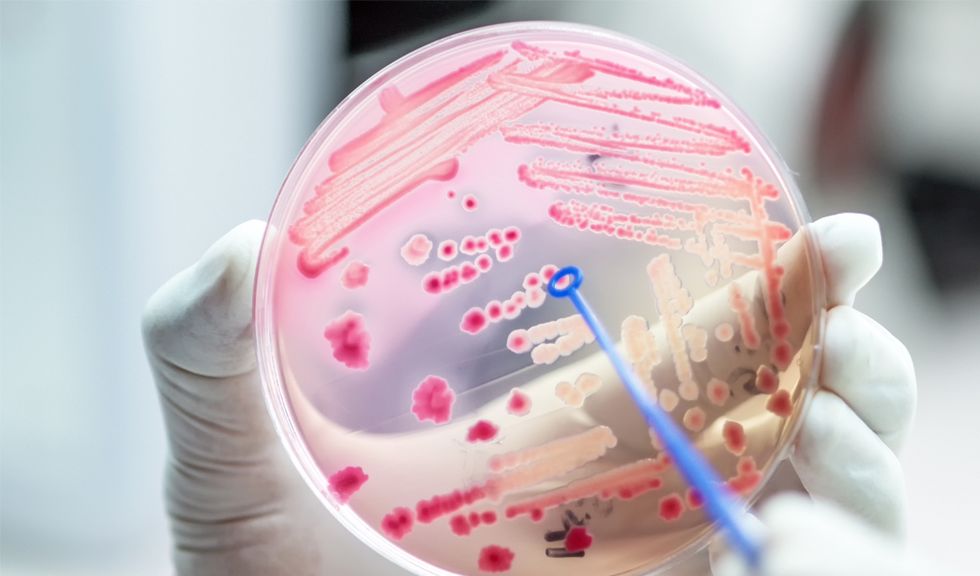
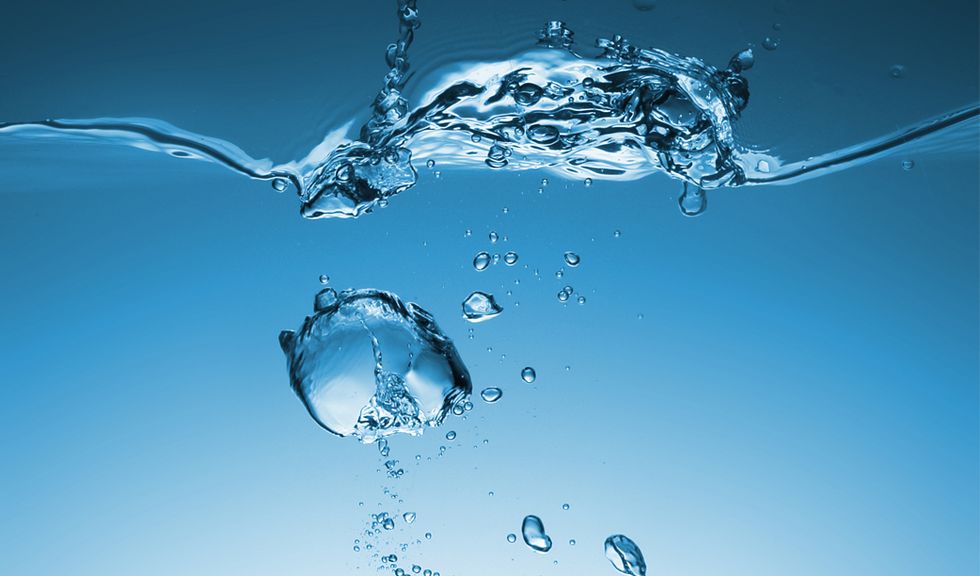

Depending on water demand and requirements, the EASYRO® drink+house can be combined with suitable tanks and pumps.
Contact us, we will be happy to advise you.